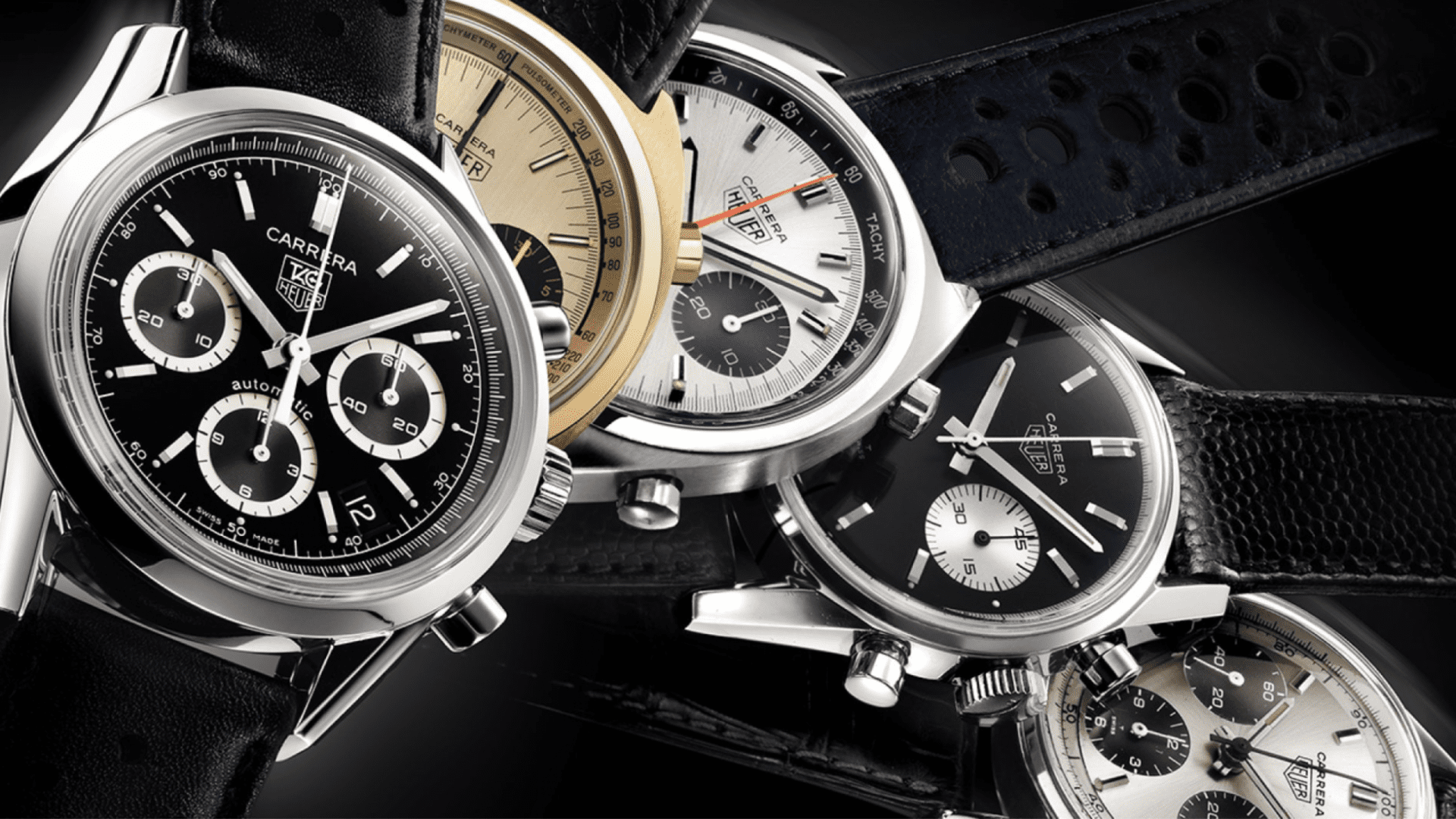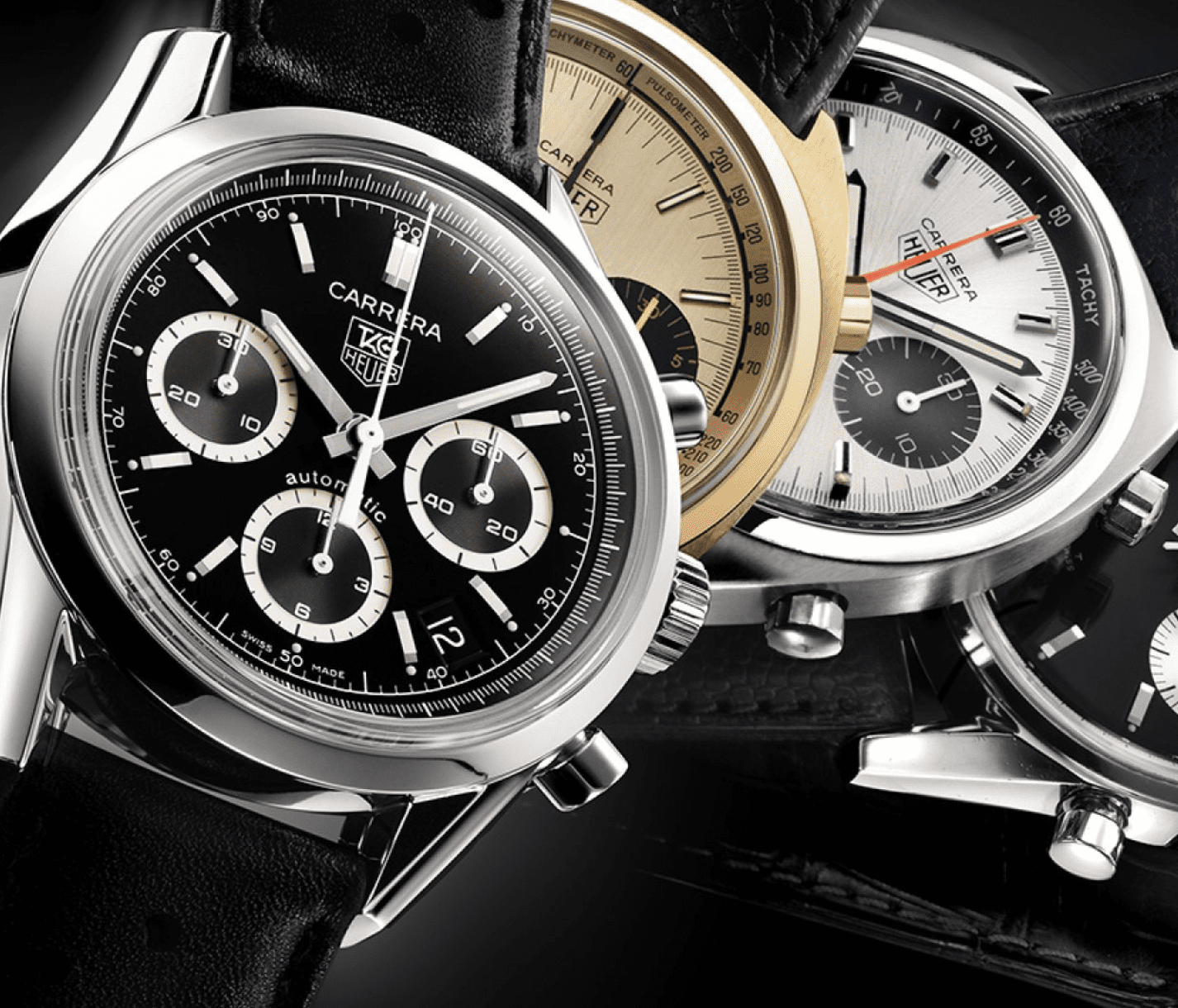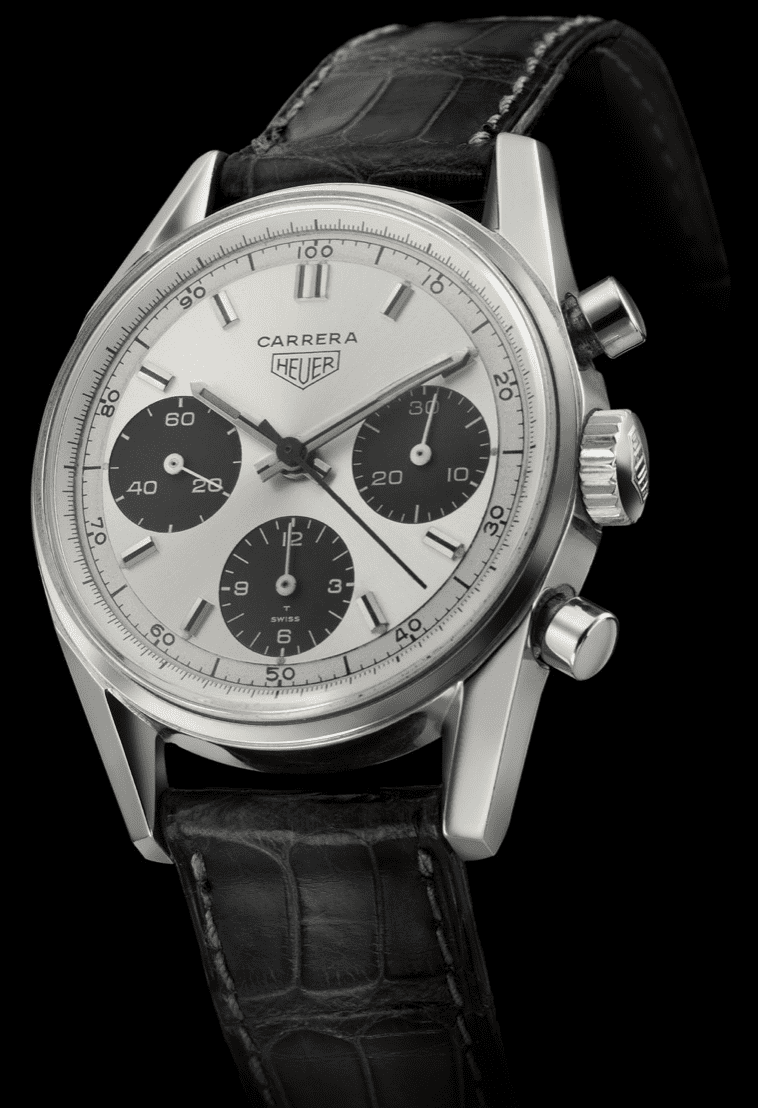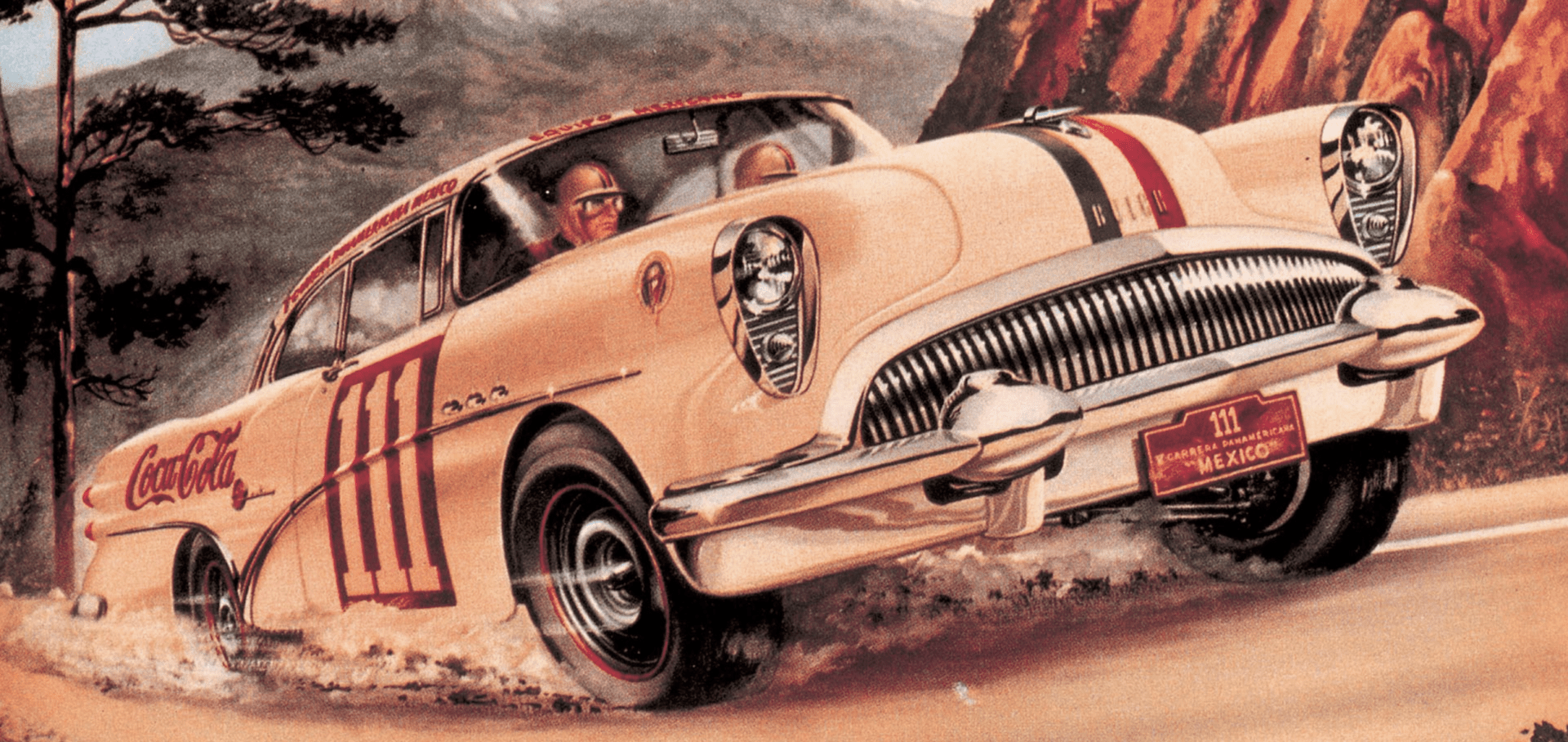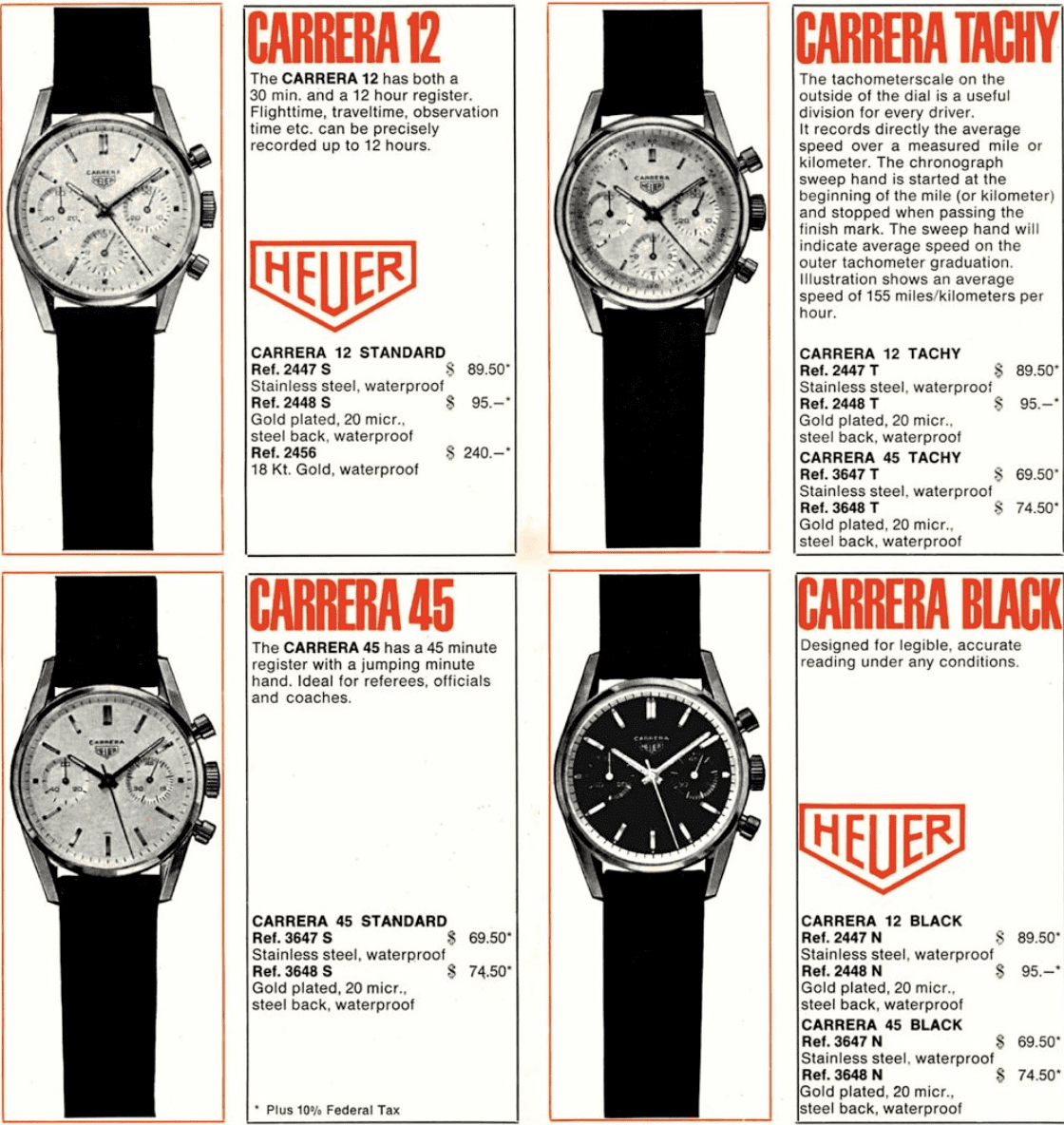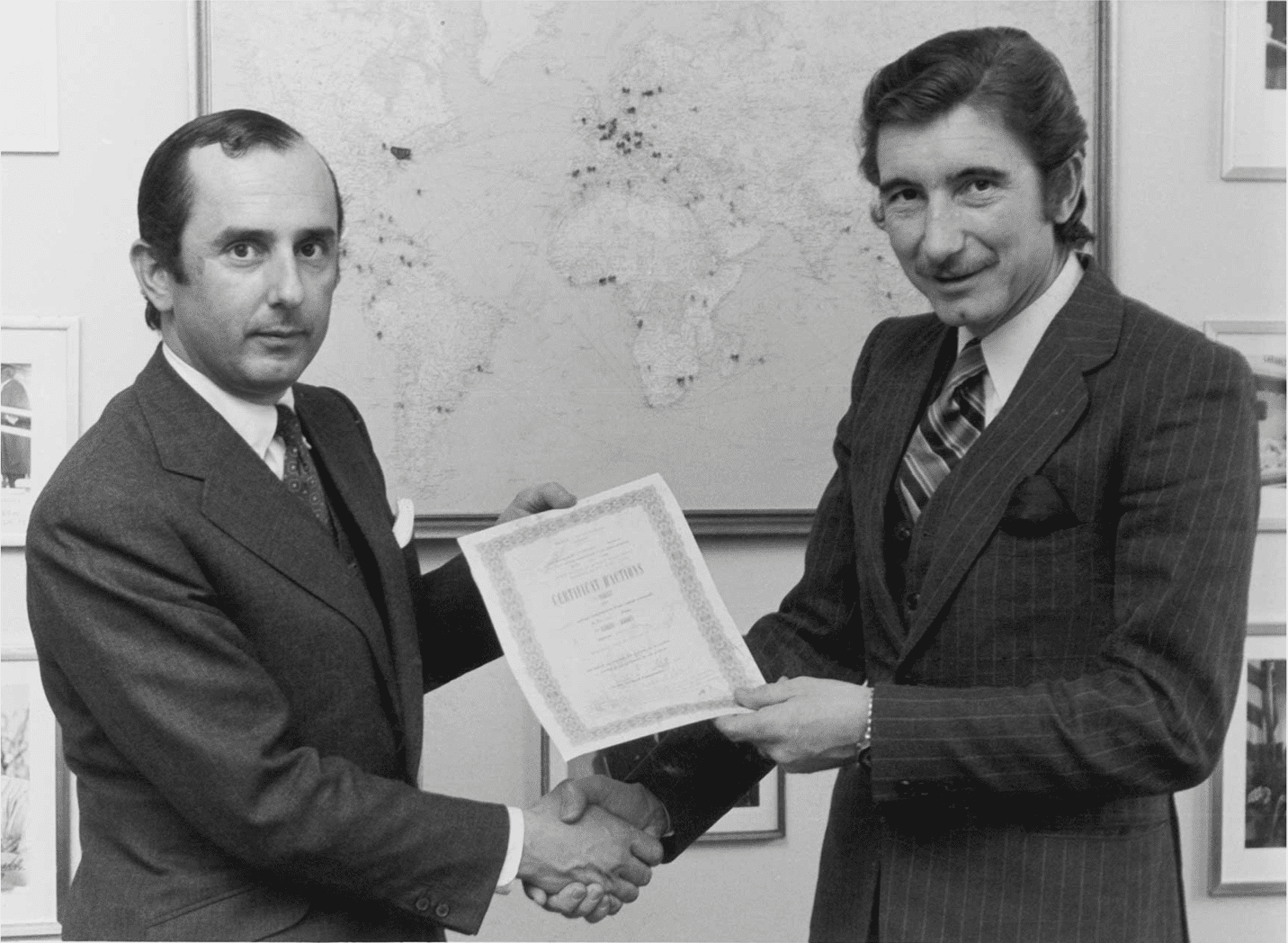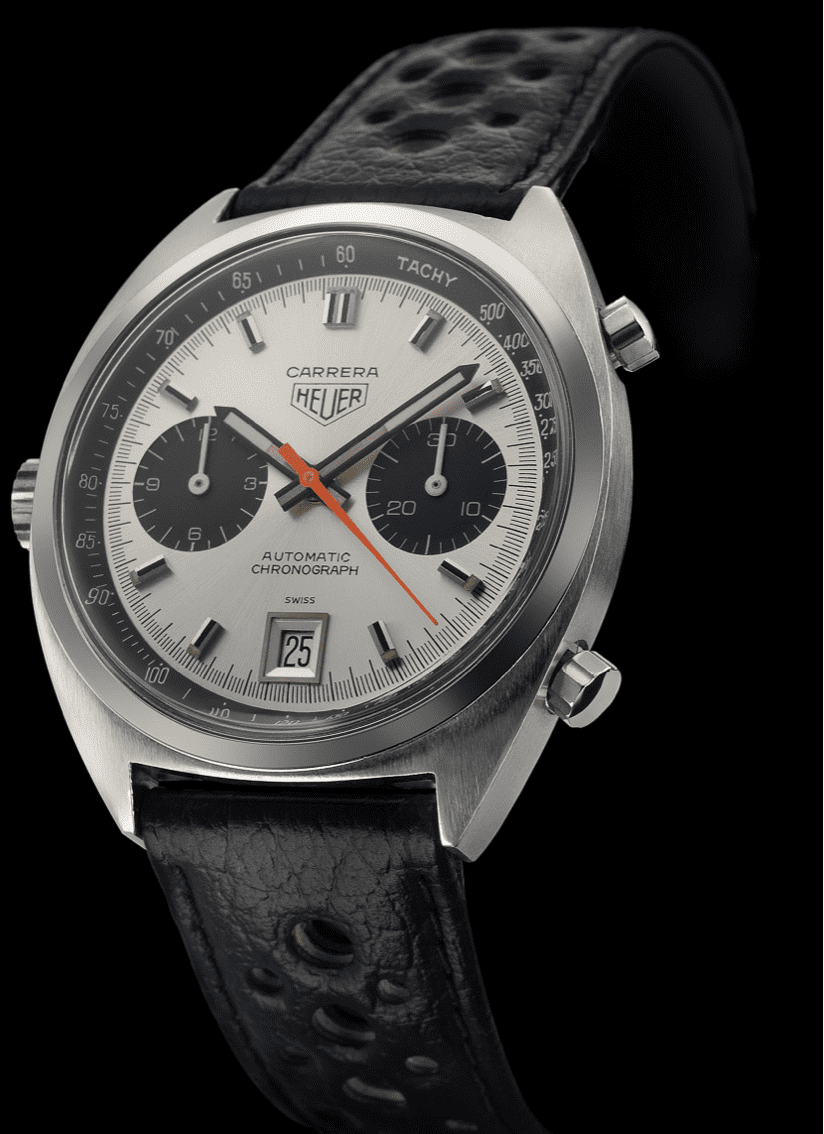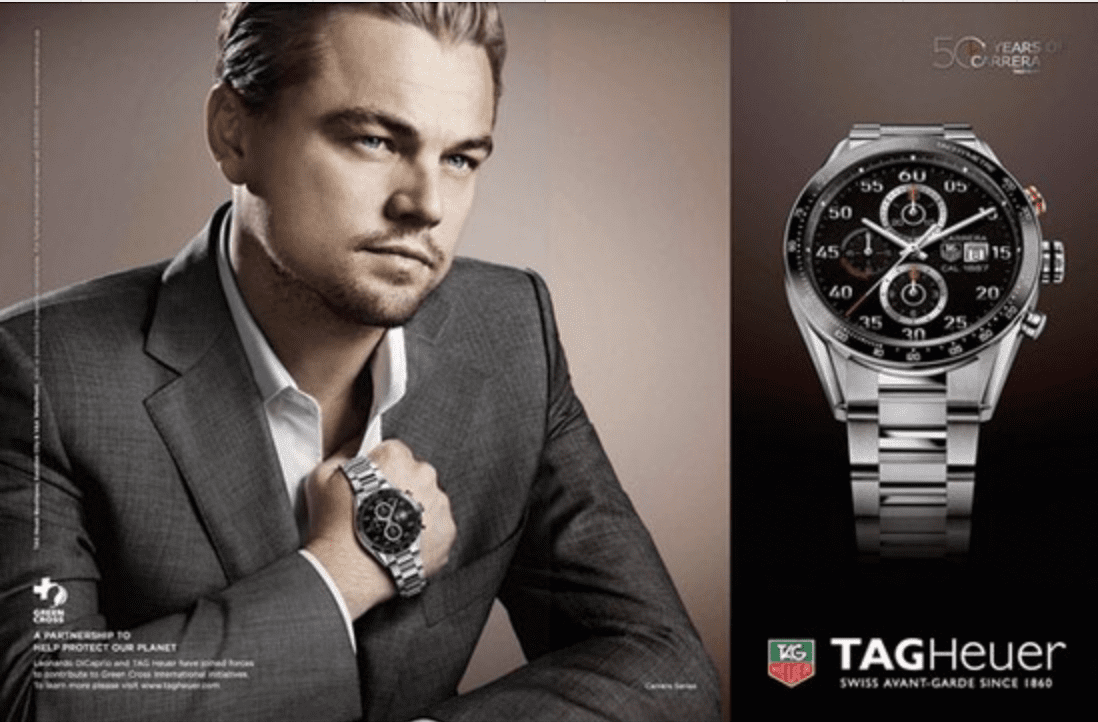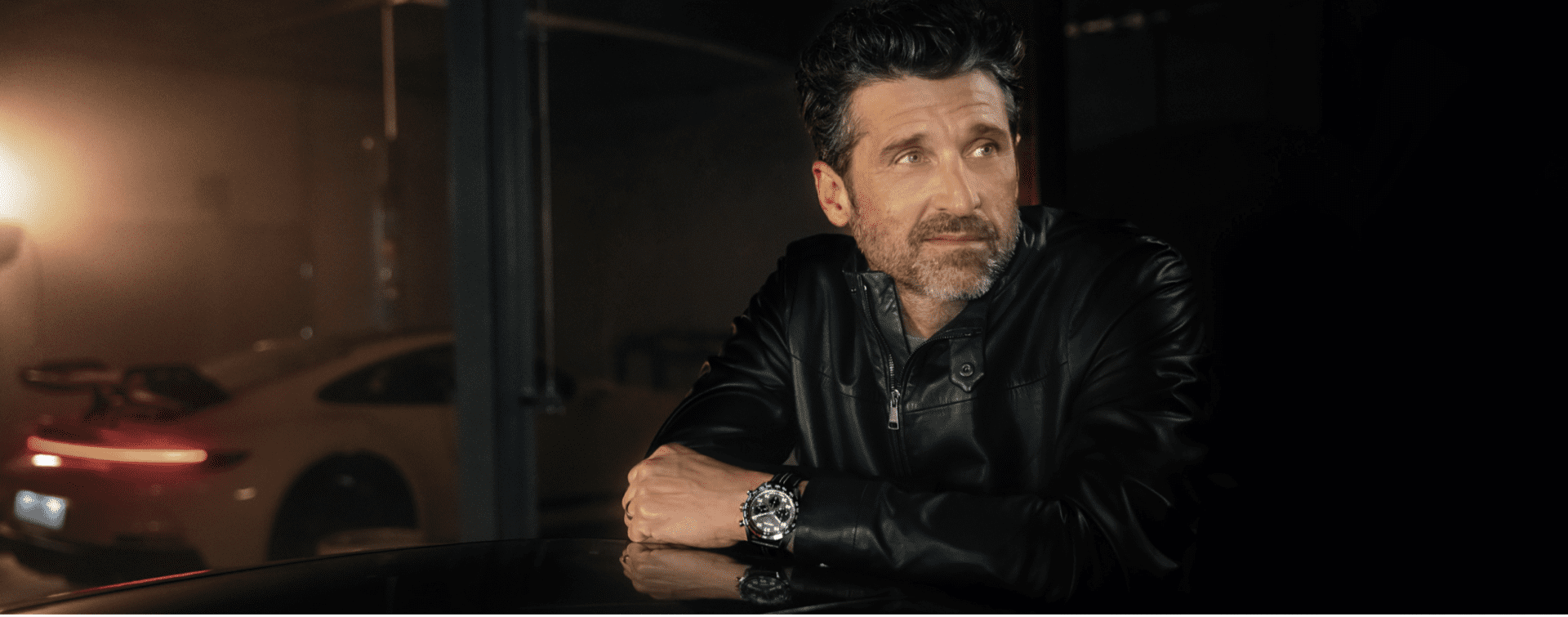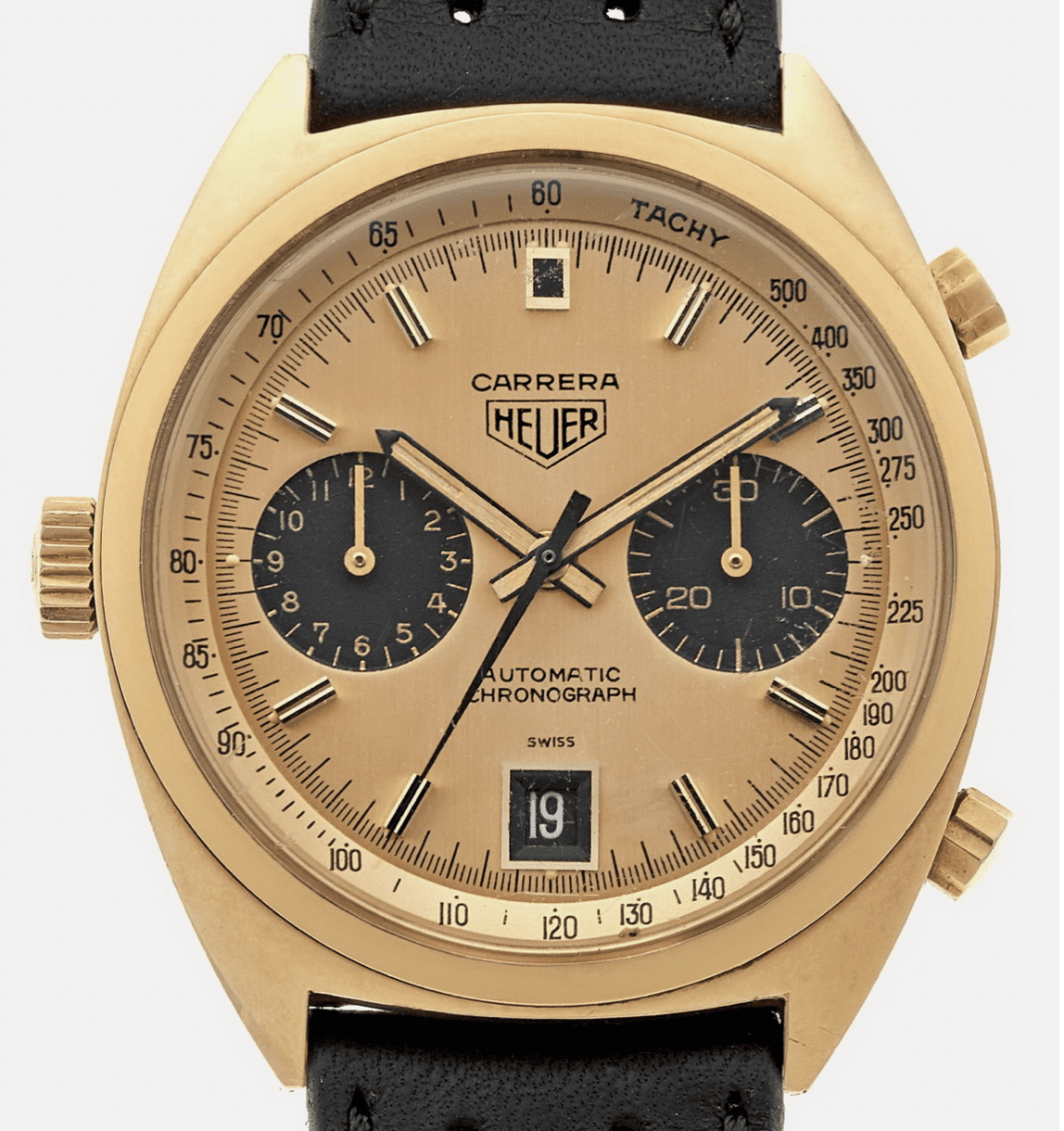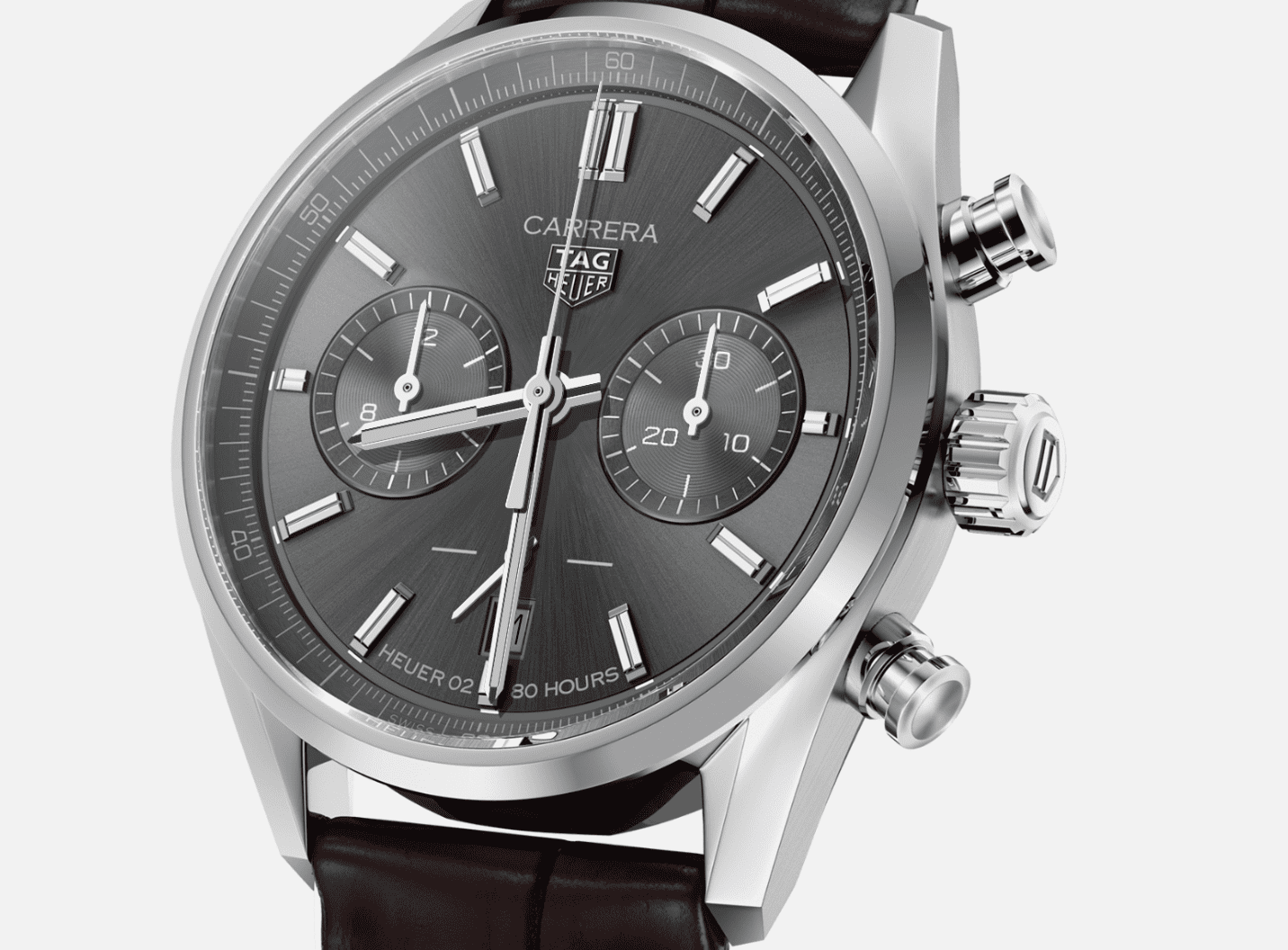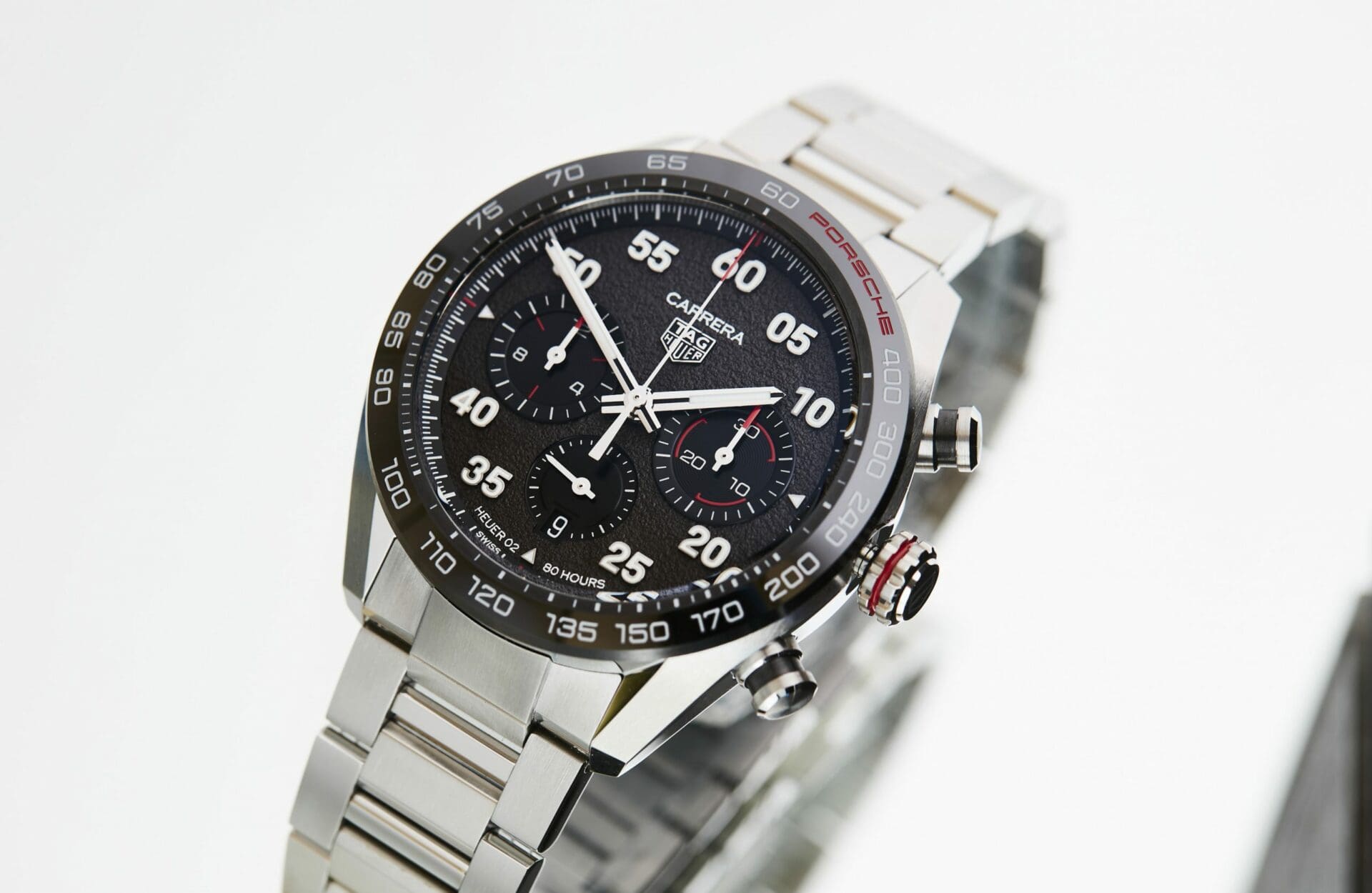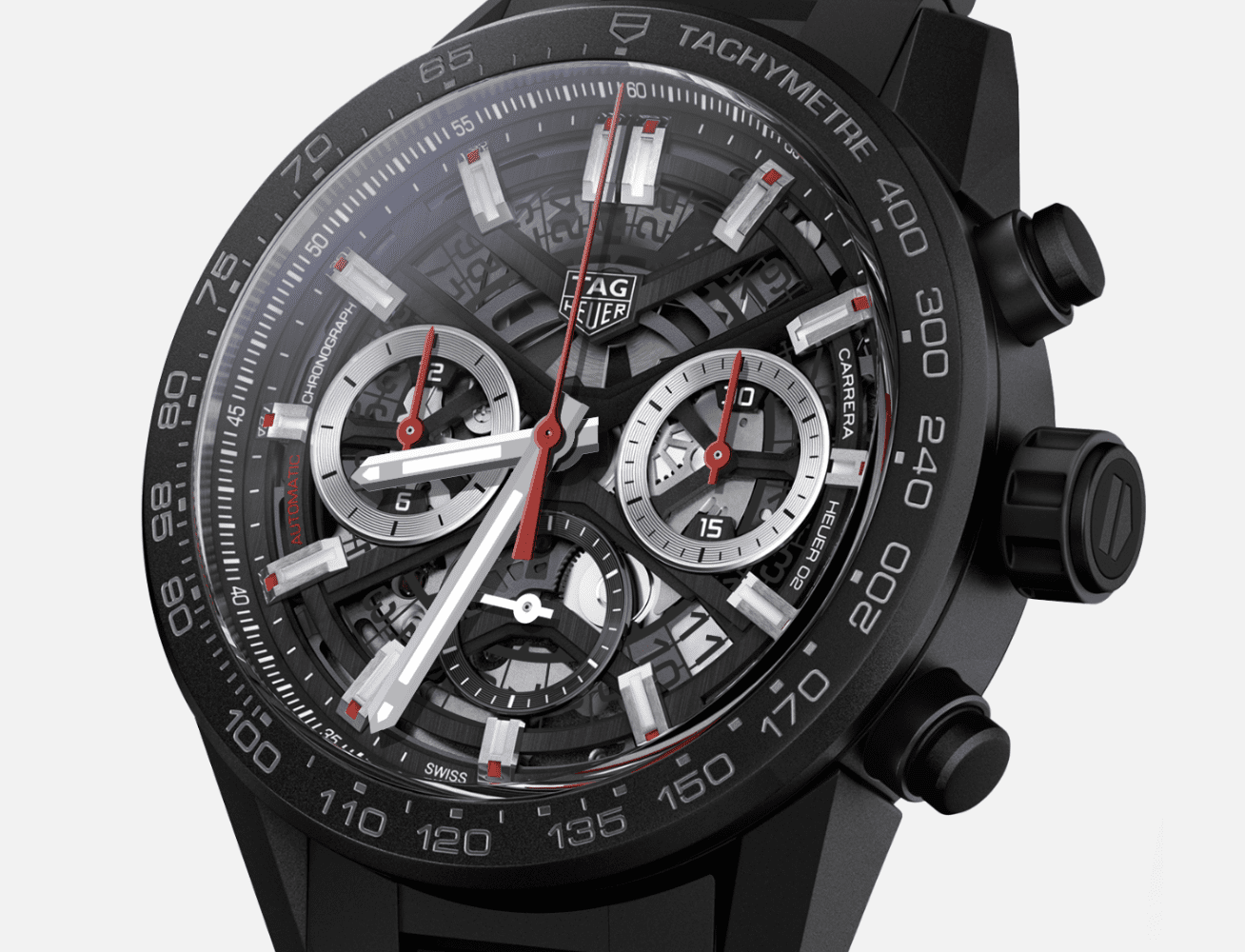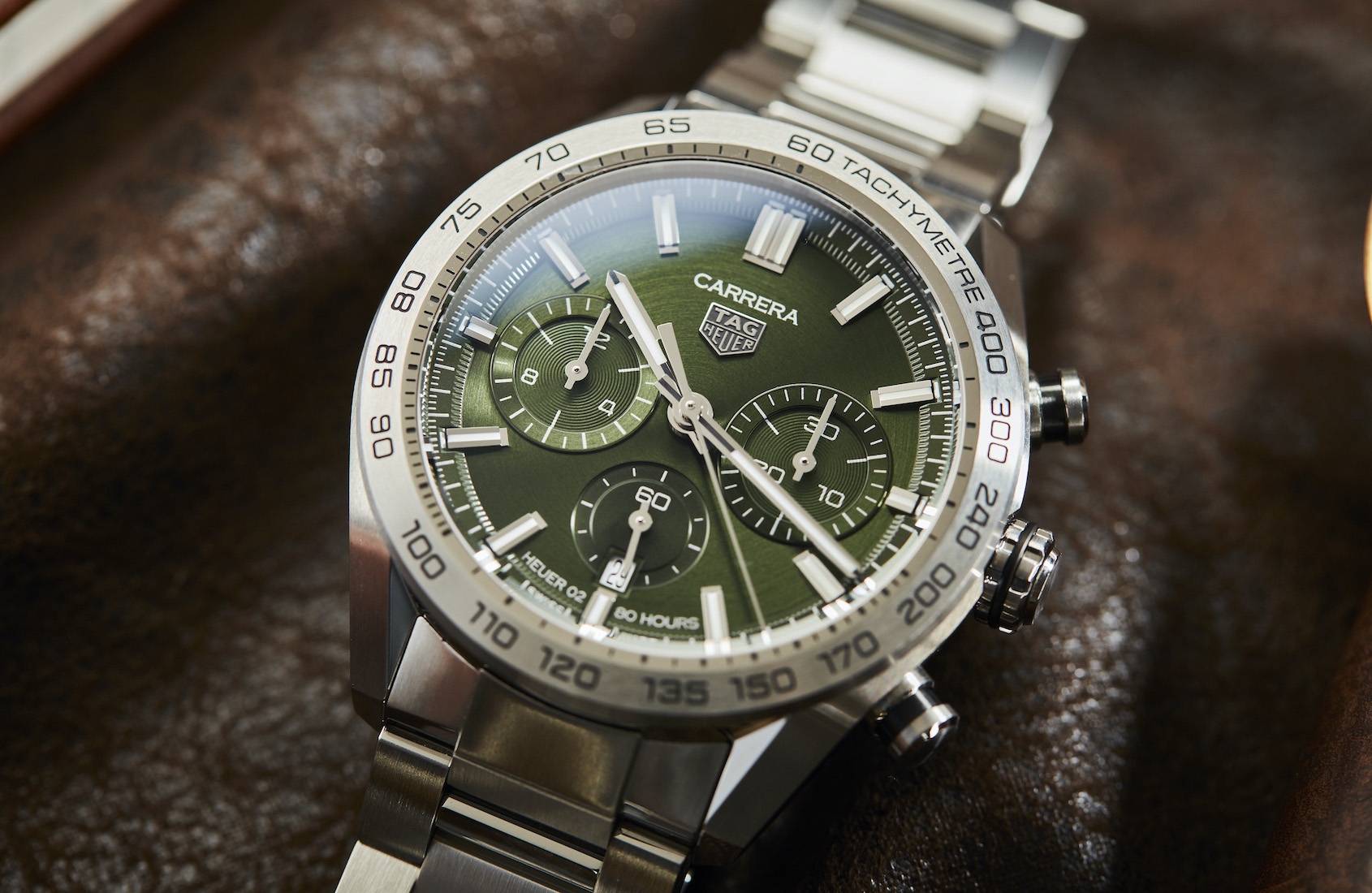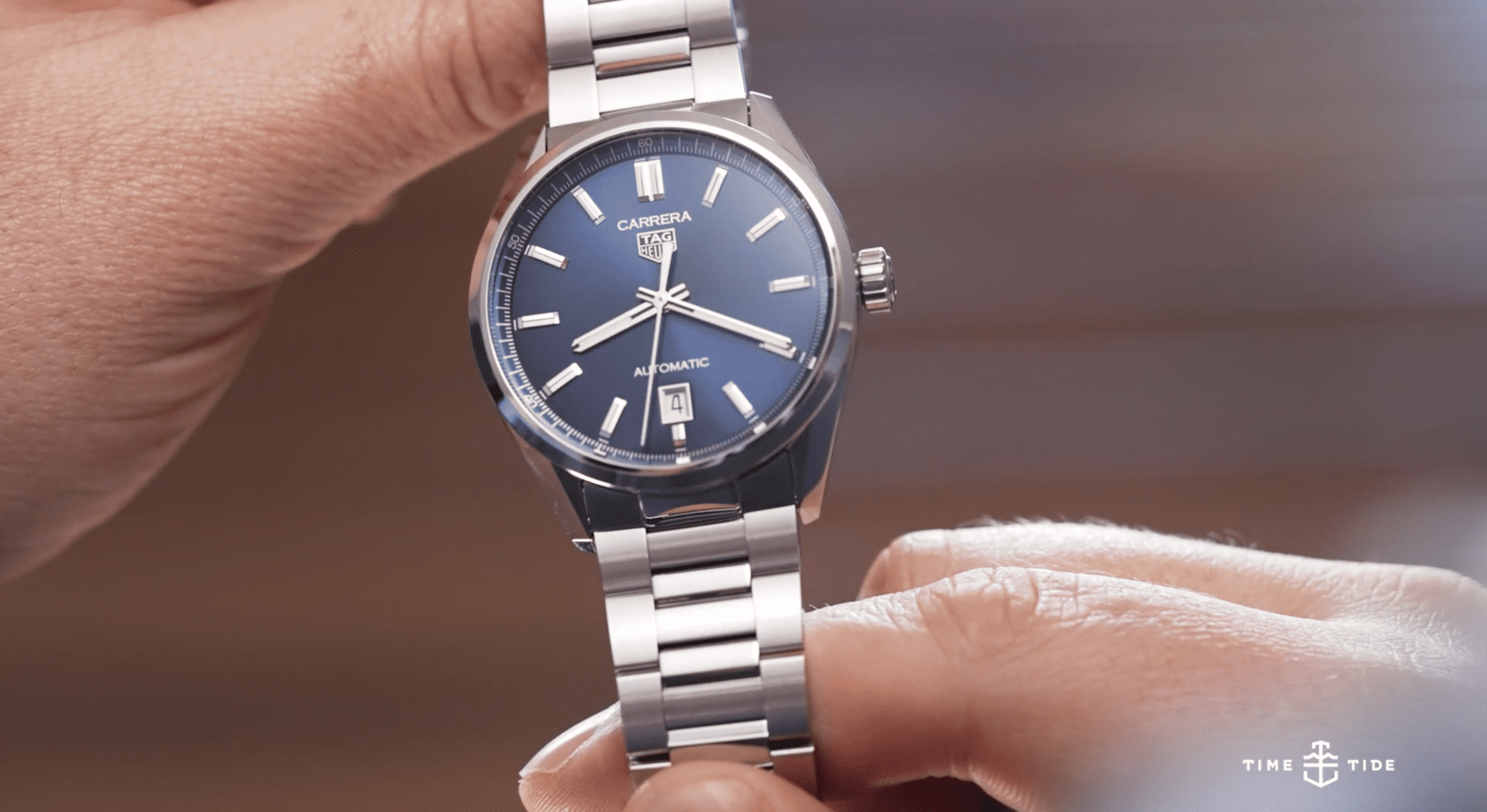Taking a hot lap around the history of the Heuer Carrera
D.C. HannayWelcome to The Icons, a series where we take a horological deep dive into the most legendary watches of all time. We’ll delve into the story behind the watch, its evolution over the years, famous (and infamous) wearers, the classic references, and the contemporary versions you should be checking out. This week, it’s the Heuer Carrera.
Introduction: The Heuer Carrera
Monza. Silverstone. Monaco. If you had to name one watch brand synonymous with motorsport, even more so than Rolex and their classic Daytona model, it would have to be Heuer. No other marque has had such a deep connection with auto racing, and the granddaddy of Heuer’s racing models goes by the iconic name of Carrera. From its clean, straightforward dial designs, elegant faceted lugs, and race-ready performance, few watches have the bona fide heritage of the Carrera. Let’s take a hot lap around the history of this legendary name in racing chronographs.
Early History
The year was 1958 when Jack Heuer joined the family business started by his great-grandfather, Edouard. Already an established name in sports timers utilised in the Olympic games and motorsports (including dash-mounted stopwatches), Heuer worked to accomplish the same level of acceptance for chronograph wristwatches in sport, especially auto racing, becoming the official timer of the 12 Hours of Sebring race. Beginning with the Autavia in 1962, Jack began an aggressive push into the market, and in 1963, the 36mm manual-winding Carrera Ref. 2447 was the result. The name’s origin comes from a Mexican endurance road race, the 3,000 kilometre Carrera Panamericana, which ran annually from 1950-1954 until it was discontinued over safety concerns. More than two dozen racers were killed during its thrilling yet dangerous run, but its legend was already cemented among fans, Jack Heuer included.
With its bold, angled lugs and no-nonsense design, the Carrera emphasised clean, clear legibility above all else. Dials were available in silver or black, with tachymeter, decimal minutes, or pulsometer scales, and it was these tachymeter versions that were a hit with racers. Future editions were available with calendar complications, and some models even came in gold. Later versions were offered with panda or reverse panda dials, as well as two or three-register models, and with that, the Carrera was off to the races.
Rise To Fame
Heuer watches were a hit with drivers, and Jack signed his first endorsee in 1969, Swiss Formula One pilot Jo Siffert, who wore the Autavia that now bears his nickname. Heuer went full-on as an F1 team sponsor in 1971 with their Scuderia Ferrari partnership, a first for a timepiece manufacturer. The Ferrari squad included such heavyweight drivers as Mario Andretti and Jacky Ickx, and the team wore solid gold Carreras presented by Jack.
At the end of the ‘60s, Heuer joined the consortium of Swiss manufacturers that included Hamilton/Buren, Dubois-Depraz, and Breitling to develop an automatic-winding chronograph to satisfy market demand. The project was racing against time in competition with Zenith’s El Primero and Seiko’s caliber 6139, and although Seiko made it to market first, Heuer and their partners came up with the now-legendary Calibre 11, which was the first automatic chronograph movement that utilised a microrotor. And thus, the Carrera now had a modern automatic movement to replace the manual Valjoux movements used to that point. It was also then that the Carrera evolved visually, employing a newly designed tonneau-style case.
The early ‘70s saw Heuer booming, with many different versions released under the Carrera name, but it wasn’t built to last. Pressure from the quartz crisis proved too much for the mechanical watch market, and by 1982, Jack was forced to sell off Heuer to investors including Piaget and Lemania, who then sold to Techniques d’Avant Garde in 1985, the company that eventually became known as TAG Heuer. The Carrera had by that point been discontinued (in 1984), and the name lay dormant for over a decade.
But by 1996, TAG Heuer began to see the value in the Heuer name and their incredible heritage that included the Carrera. It was time for a comeback, which came in the form of a series of 36mm reeditions introduced by none other than Jack Heuer.
Since that first reedition, the Carrera lineup has seen many new models, including more historical references. Collectors have also driven up demand for the originals in the ensuing years, with many models trading for five figures and (sometimes much) higher. The Carrera is still synonymous with motorsport, with TAG/Heuer sponsoring the Red Bull F1 team, and a recent model honouring Porsche with its own special edition. And while TAG/Heuer can’t provide fan service to every enthusiast’s wish list, a number of other very cool models have made it to market. I’ll highlight a few new references that are worthy of consideration below.
Famous Wearers
Leonardo DiCaprio, a former TAG/Heuer ambassador, was a big fan of the Carrera, which he famously wore in a series of ads.
F1 champ Lewis Hamilton used to endorse the Carrera in his pre-IWC days.
Actor and pretty fair amateur racer Patrick Dempsey rocks a new Porsche Edition Carrera on and off the track.
F1 legend Niki Lauda wore a solid gold Ref. 1158 CHN, one of the prettiest Carreras ever, with its black-on-gold panda dial.
Professional action man Jason Statham also counts a Carrera among his sizable collection.
Favourite Models
While the majority of modern TAG/Heuers are considerably bigger than their vintage counterparts, there’s plenty worth looking at. Here are a few of my picks.
This sweet two-register version, resplendent in an anthracite-coloured sunray dial, has a Goldilocks case size of 42mm and the HEUER02 movement with a weekend-proof 80-hour power reserve visible through the display caseback.
Porsche has the Carrera. Heuer has the Carrera. Why did no one think of this sooner? This 44mm brute has a too-cool asphalt-textured dial and a black ceramic bezel, with the iconic Porsche logo emblazoned in racy red.
The 43mm black ceramic case, matching bracelet, and skeletonized dial firmly set this Carrera in the modern category, and although non-traditional, it’s a stunning watch in its own right. Busy and technical with bright pops of red, it’s the perfect companion for track day.
Yes, this one’s a chonk at 44mm with a height of 15.27mm, but the serenity of the circular-brushed green dial and steel bezel is irresistible if you’ve got the wrist real estate to pull it off.
If you’re considering an all-rounder like the Oyster Perpetual or Aqua Terra for your collection, you might consider this blue time-only reference. It comes in a great 39mm case, suitable for everyday wear, but retains all the classic Carrera cues. New TAG/Heuer ambassador Ryan Gosling thinks so, too.




